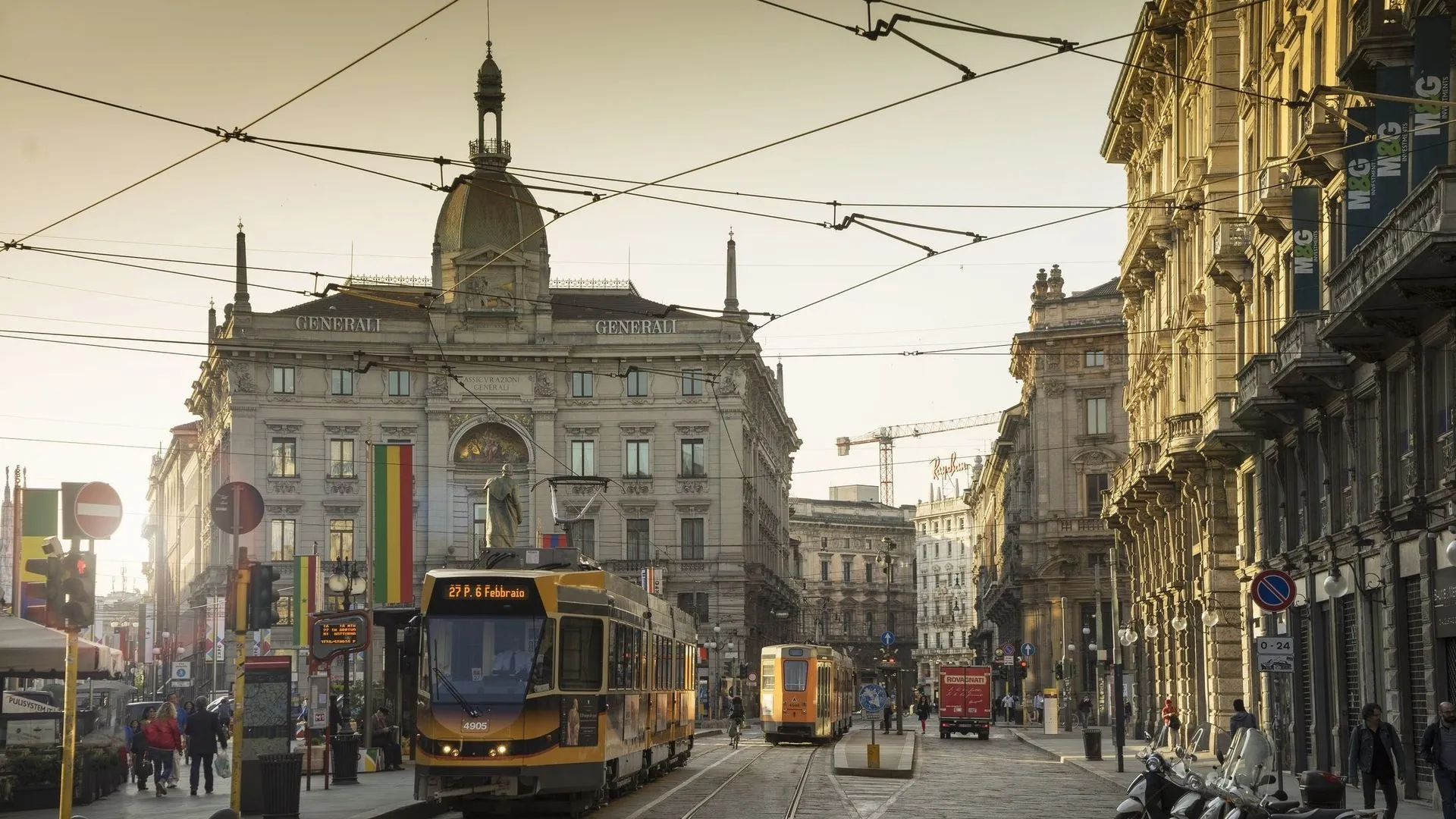Milan Emerges as a Leading Example of the '15-Minute City' Model

The 15-Minute City Concept Explained
The '15-minute city' concept represents a new approach to urban living, where all necessary services are within a short distance for residents. Milan, along with Paris, has been identified as a leading city in adopting this model.
Research Findings on Milan and Paris
According to a global analysis conducted by Italian researchers, Milan is among the cities closest to achieving this urban planning goal. By utilizing open-access maps, they calculated the distances residents need to travel to access daily essentials such as shops, schools, and healthcare services.
- Milan's dense population facilitates easy access to services.
- Many residents already live within a '15-minute city' framework.
Challenges in Implementation
Despite its advantages, there are significant disparities between urban centers and their peripheries. The challenge lies in quantifying the true number of 15-minute cities, as factors like population density play a crucial role. For instance, areas like Manhattan are close to this ideal, whereas more suburban regions struggle.
The Role of Historical Urban Development
European cities, including Milan, benefit from historical designs that prioritized pedestrian accessibility. In contrast, cities built primarily for automobiles face more considerable obstacles to implementing such models.
- Boston and Los Angeles lag behind in accessibility.
- Cities developed with a focus on cars struggle to provide the same level of convenience.
Addressing Misconceptions
The rise of conspiracy theories surrounding the 15-minute city underscores the need for education. Researchers emphasize that the model aims to enhance, not restrict, mobility for residents.
Final Thoughts
While there is no perfect solution for urban planning, the study presents the 15-minute city as a compelling alternative that warrants further consideration by global cities.
This article was prepared using information from open sources in accordance with the principles of Ethical Policy. The editorial team is not responsible for absolute accuracy, as it relies on data from the sources referenced.